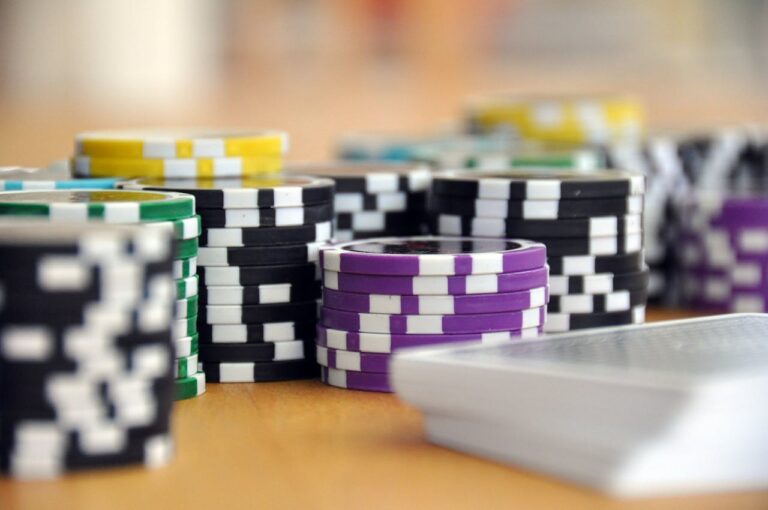Introduction:-Sepak Takraw, often referred to as the “kick volleyball,” is a captivating sport that seamlessly blends elements of volleyball, soccer, and martial arts. Originating in Southeast Asia, this high-energy game has gained international recognition for its fast-paced action, acrobatic maneuvers, and unique set of rules. As enthusiasts around the world embrace Sepak Takraw, let’s explore the history, rules, and the mesmerizing athleticism that defines this sport.
The Origins of Sepak Takraw:
Sepak Takraw traces its roots to Southeast Asia, with historical evidence suggesting that the game has been played for centuries. The earliest versions of the sport were informal and primarily played in open spaces by locals using a woven ball made from rattan or bamboo. Over time, the game evolved, incorporating elements of traditional martial arts and cultural rituals.
In the 1940s, Sepak Takraw underwent a transformation, transitioning from a casual pastime to a formalized sport with standardized rules. The game’s popularity surged across Southeast Asia, and it soon became a regional phenomenon. The founding of the Sepak Takraw Association of Malaysia in 1960 further propelled the sport, leading to its recognition by international sports organizations.
The Unique Gameplay:
Sepak Takraw is played on a rectangular court divided by a net, much like volleyball. However, the key difference lies in how the ball is propelled. Instead of using hands and arms, players rely on their feet, knees, chest, and head to strike the ball. The ball, typically made of synthetic fiber, is lightweight and has a circumference of about 42 to 44 centimeters.
Teams consist of three players each, positioned on opposite sides of the net. The objective is to send the ball over the net and into the opposing team’s court in a way that makes it challenging for them to return it. Points are scored when the ball hits the ground within the opponent’s court or if the opposing team fails to return the ball successfully.
Sepak Takraw matches are played in sets, with each set lasting up to 21 points. The team that reaches 21 points first, with a margin of at least two points, wins the set. The best-of-three format is commonly used in competitions.
Serving in Sepak Takraw is a skillful act, with players often incorporating spins, flips, and powerful kicks to catch their opponents off guard. The athleticism required to execute precise serves and acrobatic maneuvers makes Sepak Takraw a visually stunning and physically demanding sport.
The Roles of Players:
Each player on a Sepak Takraw team has a specific role, contributing to the overall strategy and success of the team. The three primary positions are the server, the feeder, and the attacker.
Server: The server initiates each rally by serving the ball over the net. A skilled server can add spin to the ball, making it more challenging for the opposing team to return. Servers often employ a variety of kicks, such as the inside kick or the roll spike, to keep the opponents on their toes.
Feeder: The feeder plays a crucial role in setting up the ball for the attacker. After the server initiates the rally, the feeder strategically positions the ball for the attacker to execute a powerful strike. This player needs excellent ball control and quick decision-making skills.
Attacker: The attacker’s primary responsibility is to score points by sending the ball into the opponent’s court in a way that makes it difficult to return. Attacking players showcase remarkable agility, flexibility, and precision as they execute aerial kicks and acrobatic moves to outmaneuver their opponents.
The blend of these roles creates a dynamic synergy on the court, with teams strategically coordinating their movements to gain a competitive edge.
International Recognition and Competitions:
Sepak Takraw’s popularity has transcended its Southeast Asian origins, and it has become a recognized sport on the international stage. The International Sepaktakraw Federation (ISTAF) serves as the global governing body for the sport, overseeing its development, organizing competitions, and promoting the sport’s values worldwide.
The ISTAF hosts various international competitions, including the Sepak Takraw World Cup, the ISTAF Super Series, and regional championships. These events attract top teams from around the world, showcasing the diverse talent and competitive spirit within the Sepak Takraw community.
One of the most prestigious tournaments is the King’s Cup World Sepak Takraw Championships, held annually in Thailand. This tournament gathers elite teams from different continents, providing a platform for players to exhibit their skills and compete for international glory.
Sepak Takraw in Popular Culture:
Beyond the competitive arena, Sepak Takraw has made its mark in popular culture, inspiring documentaries, films, and even video games. Documentaries like “Sepak Takraw: Kick It,” provide a behind-the-scenes look at the sport’s history, evolution, and the dedication of its players.
Elevate your game with our top-notch sports gear and expert advice Sepak takraw and Athletics. Unleash your potential with premium equipment and performance-driven essentials.
In addition to documentaries, Sepak Takraw has found its way into fictional narratives. The sport’s unique combination of athleticism and acrobatics makes it an appealing subject for filmmakers seeking to capture the excitement and intensity of competitive sports.
The Influence of Sepak Takraw:
Sepak Takraw’s influence extends beyond the sports realm, impacting communities and individuals in various ways. The sport fosters teamwork, discipline, and physical fitness among its players. Additionally, Sepak Takraw has become a source of national pride in many Southeast Asian countries, with enthusiasts celebrating the rich cultural heritage associated with the sport.
Sepak Takraw’s global appeal has also contributed to cultural exchange, with players from different countries coming together to compete, share experiences, and forge lasting friendships. The sport serves as a bridge that transcends cultural and linguistic barriers, uniting people through a shared passion for athleticism and competition.
Conclusion:
Sepak Takraw, with its roots deeply embedded in Southeast Asian culture, has evolved into a dynamic and globally recognized sport. The fusion of volleyball, soccer, and martial arts elements creates a unique and thrilling spectacle that captivates audiences worldwide. As the sport continues to gain popularity, its influence on the global sports landscape is undeniable, showcasing the power of sport to unite people and celebrate diversity. Sepak Takraw stands as a testament to the rich cultural heritage and athleticism that can emerge from the unlikeliest of fusions, leaving an indelible mark on the world of sports.







